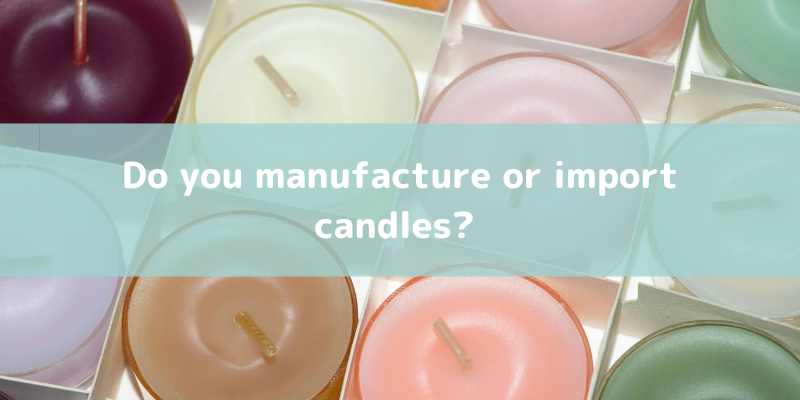
Aunque a simple vista no lo parezca, las velas son productos químicos a ojos de la legislación europea. Si fabricas o importas velas o ceras perfumadas, debes tener en cuenta las obligaciones legales que se aplican a este tipo de mezclas bajo los reglamentos REACH y CLP antes de ponerlas en el mercado.
Las velas se componen principalmente de ceras, que por sí solas no suelen clasificarse como peligrosas, pero si contienen fragancias, colorantes u otros aditivos, estas sustancias pueden hacer que el producto final sea considerado una mezcla peligrosa. Por ejemplo:
Para saber si tu vela entra en esta categoría, necesitas determinar la clasificación de peligrosidad de tu producto aplicando los criterios del Reglamento CLP, teniendo en cuenta los componentes de la vela y su peligrosidad.
Si tu vela clasifica como peligrosa o contiene ingredientes peligrosos en ciertas concentraciones:
Etiquetar un envase de vidrio o papel no siempre es suficiente. Tanto el etiquetado como el envasado debe cumplir los requisitos del CLP.
Además, si el producto se clasifica como peligroso por sus propiedades físicas o para la salud:
Otras obligaciones con las que tendrás que cumplir son (lista no exhaustiva):
Si solo fabricas velas dentro de la UE con ingredientes comprados a empresas europeas, no tienes que registrar las sustancias. Pero si importas directamente ingredientes desde fuera de Europa y superas la tonelada anual de alguno de ellos, podrías tener la obligación de registrarlos.
¿Tienes dudas sobre si tu vela requiere etiquetado específico? ¿No sabes si estás obligado a notificar a la base SCIP o al Poison Centre? En ServiREACH te ayudamos a: